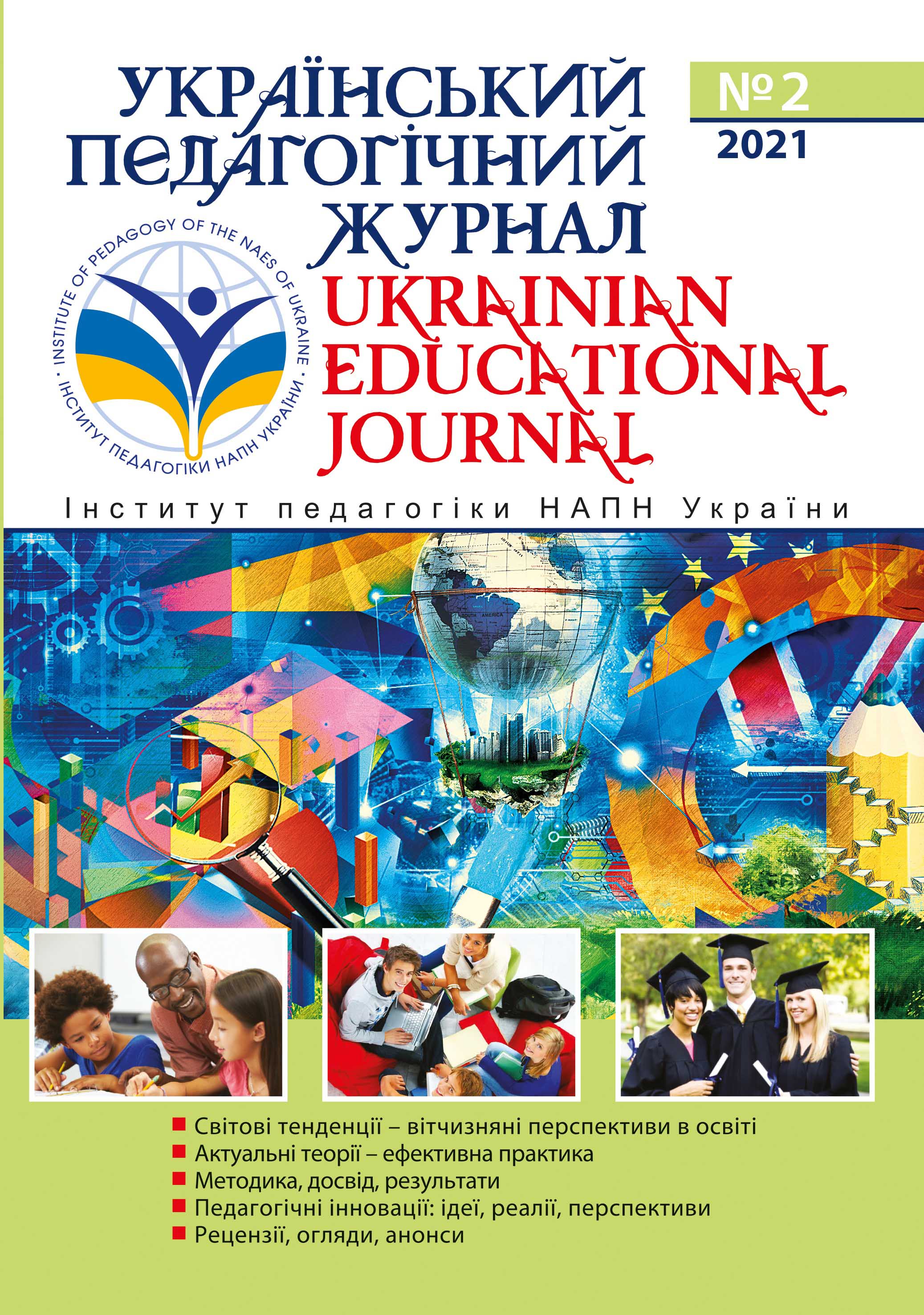Abstract
In the global community, in connection with the spread of the Covid-19 virus, a whole range of changes have occurred in all areas of human activities. These changes turned out to be the most global in the educational environment, due to the fact that most educational institutions of all levels were forced to switch to distance learning. This transition has led to the need to choose such forms and methods of work that will be as accessible and effective as possible and will not affect the quality of the educational process.
The majority of studies agree that distance learning as a form of education is quite effective, but the provision of this process can only take place with high quality if information and computer technologies are used. Distance learning can be carried out qualitatively only if the teacher chooses one of the main models of distance learning. There are three main forms:
− mixed model, providing for the possibility of learning both remotely and in person;
− network learning, a model based on the principle of using the world wide Internet;
− interactive television, which provides for the use of information technology to transmit information of general importance or when studying courses, the programs of which are approved at the state level;
− a combined model, consisting of elements of distance, blended learning using case technologies.
Among the characteristic features of distance learning can be distinguished: flexibility, deregulation, modularity, parallelism, efficiency, manufacturability, social equality, internationality. Given the fact that distance learning can be carried out in synchronous and asynchronous modes, one should take into account the positive and negative features of each of them. Synchronous mode has the advantage of real-time communication between teacher and student. The advantage of asynchronous learning is the formation and improvement of independent work skills

This work is licensed under a Creative Commons Attribution-NonCommercial-ShareAlike 4.0 International License.
Copyright (c) 2021 Наталія Маятіна, Тетяна Лисенко, Оксана Дмитрієнко

